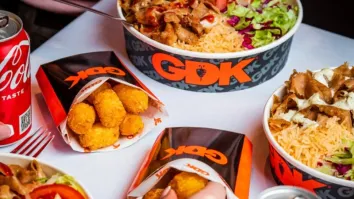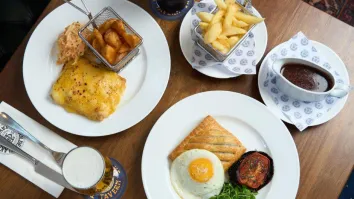
Are Brits spending less when eating out?
A survey revealed that 65% are dining out the same amount as they were a year ago.
A majority of Brits have not changed their dining out habits over the past 12 months despite cost of living challenges, with some even stating they are eating out more.
According to a national survey run by food, hospitality and tourism public relations consultancy, Feather & Fern PR, 65% are dining out the same amount as they were a year ago – and 11.2% reported that they are dining out more.
When it comes to how much they are spending on restaurant, café, and pub meals, 45.9% said that they are spending the same as they were 12 months ago, and 22.6% are spending more. Interestingly, that is despite many individuals stating that they feel worse off than they did a year ago (62.3%).
Common responses from those dining out more regularly were that their children are getting older so they can dine out more (46%) or they have started earning more over the past year (35%).
According to Managing Director of Feather & Fern PR, Jen Bell, the reason for this is many survey participants have said that having the occasional meal out is something to look forward they look forward to.
“Lots of people can’t afford to go on holiday at the moment, but they can stretch to a meal at their local pub or restaurant. They save up for it and enjoy it as a special treat. Others aren’t feeling the cost-of-living pressures in quite the same way, and are keen to continue dining out and experiencing different cuisines and locations,” Bell said.
Survey participants also talked about the qualities that attract them to a dining destination. The majority are influenced by a previous positive experience at the venue (74.1%), followed by friend and family recommendations (58.3%), good value for money and special deals (51.7%), online review sites (37.4%), and social media (24.9%).
The favourite cuisine in the UK over the past year has been traditional pub food (24.1%), followed by modern British cuisine (18.9%), Italian (17.5%), Indian (13.8%), Chinese (12.4%), and Japanese food (5%).


























